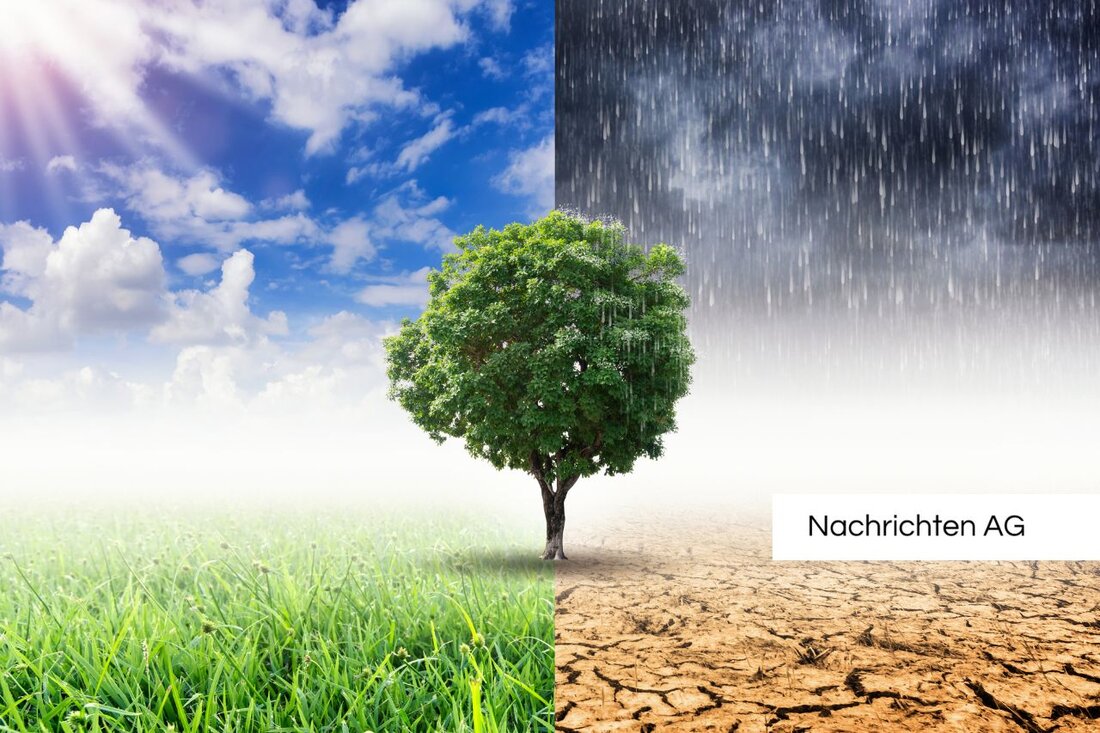Goslar protects its trees: This is how we preserve our city greenery!
Find out how the city of Goslar cares for over 12,500 trees and what measures are being taken to combat the challenges of climate change.

Goslar protects its trees: This is how we preserve our city greenery!
Around 12,500 trees grow in the picturesque town of Goslar, shaping the cityscape and fulfilling important functions. These green giants are not only eye-catching, but also play a significant role in the microclimate and quality of life in the region. Over the years it has been shown that trees contribute significantly to cooling inner cities and act as natural emission filters. This has led the city government to take measures to protect trees, which have become even more important with climate change. According to information from Goslar.de, almost a third of these trees are over 60 years old, with younger trees under 15 years old playing a minor role in only six percent of the total population.
A look at the tree species tells us that maple, lime, oak and chestnut are the predominant types. Most of these urban tree monuments can be found in the impressive old town as well as in popular places such as Rammelsberg, Georgenberg, Oker and Vienenburg. It is a fact that caring for trees is important not only for aesthetic reasons but also for safety. Inspections by trained staff take place regularly: street and green area trees are inspected every nine months, while the location of trees in playgrounds and daycare centers is checked every six months.
The challenges posed by climate change
The ongoing change in climate not only impacts general weather conditions, but also makes site conditions more challenging for our urban trees. “City and street trees have an invaluable value for the microclimate,” explains the Federal Environment Agency in a comprehensive report. The extreme conditions these trees face include soil compaction from vehicles, air and soil pollutants, and road salt and artificial light, which can significantly limit their lifespan. Many tree species are already struggling with the changes and are only reaching half their potential lifespan.
A wise selection of suitable tree species and suitable locations is essential to meet the challenges of climate change. The urban tree concept must therefore take climate change into account as a central factor. A study being carried out for the climate normal period from 2071 to 2100 will help provide sustainable recommendations for tree species that are important in the ever-changing urban environment. In Jena, for example, such a concept has already been successfully implemented, which includes a list of 160 suitable tree species and offers specific tree species recommendations that could also be popular in Goslar.
Important functions of urban trees
The ecosystem services of urban trees are diverse. In addition to improving the microclimate, they also help store carbon and reduce stormwater runoff. With regard to climate change, these services are becoming increasingly important because the need for green oases in urban areas is becoming increasingly urgent. Innovative projects such as the interactive guide for urban trees from Bavaria show how process models can be used to simulate the growth of urban trees and adapt them to different conditions. These approaches could not only help the city of Goslar, but also other cities in northern Germany that want to manage their green areas sustainably.
The city sees itself as responsible for the preservation and care of its high diversity of trees, which ensures quality of life not only in the central parts of the city but also in the outskirts. Trees are also an integral part of city life in Hahnenklee, Baßgeige and Jerstedt, as are the 265 trees in Hahndorf. Efforts to preserve these natural monuments are not only of great importance in the interests of citizens, but also for the balance of urban ecosystems.
Overall, it shows that the city of Goslar has a good knack for overcoming the challenges of climate change while at the same time preserving the beauty and importance of its urban tree landscapes. Sustainable use of its resources will keep the city livable and green in the future.

 Suche
Suche
 Mein Konto
Mein Konto